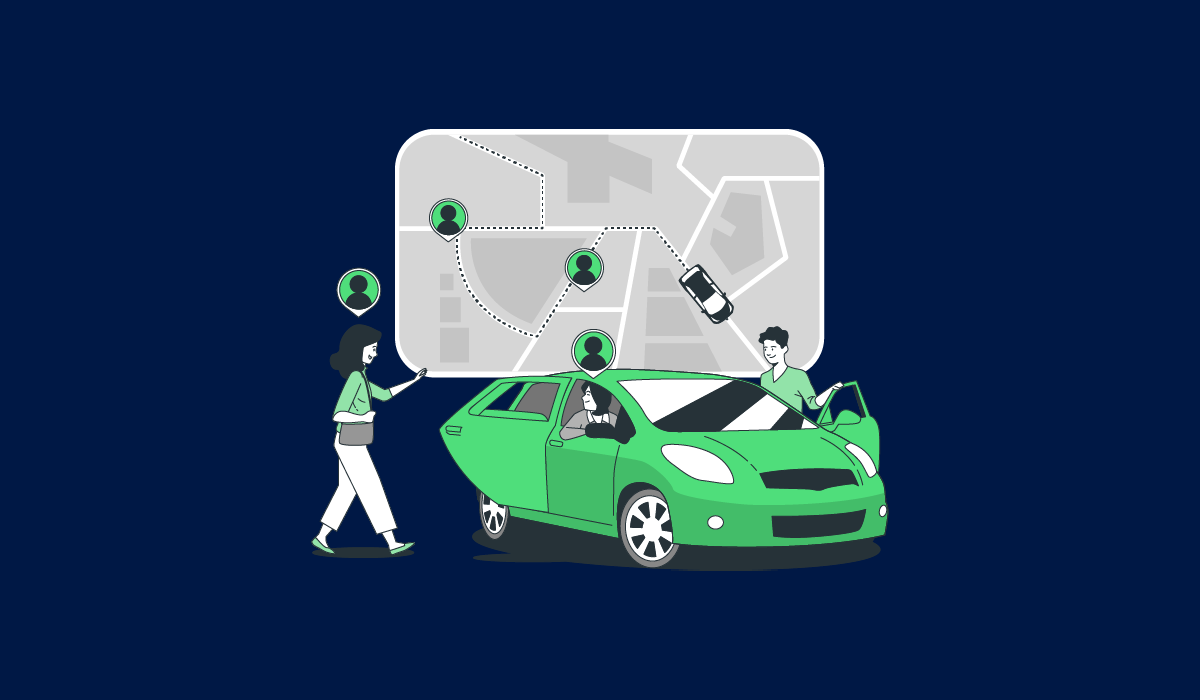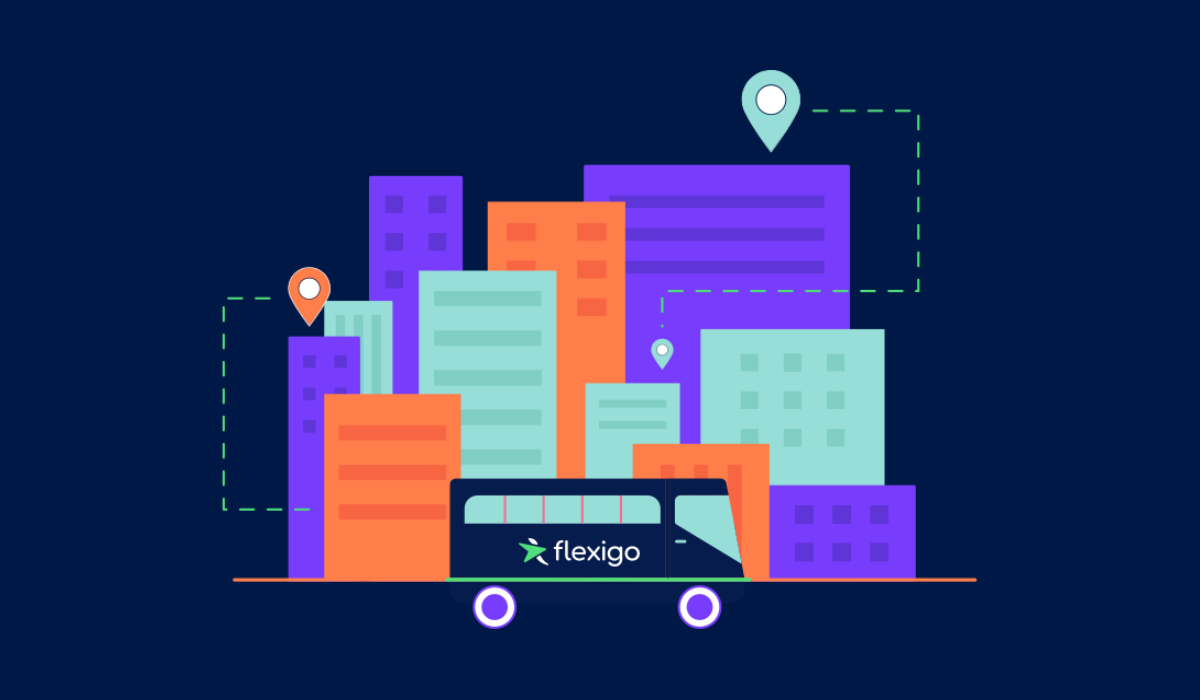Today’s flexiBlog is the first installment in a three-part blog series, in which I’ll explore how colleges and universities can benefit from offering tech-enabled shared ride solutions to their faculty, staff, and students. We'll delve into the various shared and flexible mobility solutions available, discuss the financial and community benefits, and ultimately how flexigo is your best partner for implementing these strategies.
As we all can understand, efficient campus commuting is essential for the smooth operation of educational institutions. In this first flexiBlog of the series, I will provide an overview of campus commuting elements, explore alternatives to traditional methods, and discuss the benefits of diverse campus commute options.
What is Campus Commute?
Campus commute refers to the daily travel undertaken by faculty, staff, and students to and from a college or university campus, as well as around the campus and the surrounding community during the course of the day. This routine movement is critical for the smooth functioning of educational institutions but often poses challenges such as traffic congestion, parking shortages, and environmental impacts. Traditional campus commute methods include personal vehicles, public transit, biking, and walking. However, the evolving landscape of mobility solutions presents a plethora of alternatives that can enhance the efficiency and experience of campus commuting.
Exploring Alternatives to Traditional Campus Commutes
- Fixed Route and Demand-Responsive Dynamic Shuttles: These shuttles operate on predefined routes or adapt their routes based on real-time demand, offering flexibility and reducing waiting times.
- On-Demand Shuttles: Similar to ride-hailing services, these shuttles provide door-to-door service when requested, offering convenience and reducing the need for parking spaces.
- Vanpools and Carpools: By grouping individuals traveling in the same direction, vanpools and carpools reduce the number of vehicles on the road, leading to lower congestion and emissions.
- Traditional Public Transit: Buses and trains remain vital for campus commutes, providing reliable and often cost-effective transportation options.
- Walking and Biking Programs: Encouraging walking and biking through well-designed infrastructure promotes health and reduces environmental impact.
Benefits of Diverse Campus Commute Options
Implementing a variety of campus commute options brings numerous benefits:
- Financial Savings: Reduced need for parking infrastructure and lower transportation costs for individuals.
- Environmental Impact: Lower emissions contribute to a greener campus.
- Community Engagement: Enhanced mobility options can foster a stronger sense of community among campus members.
- Health and Safety: Walking and biking promote physical health, while fewer cars on the road enhance safety.
- Talent Attraction and Retention: Innovative commute solutions can be a significant perk, attracting and retaining top talent.
By embracing diverse campus commute options, colleges and universities can address current challenges and create a more sustainable, efficient, and community-oriented environment. In my next flexiBlog, I will discuss how to optimize and implement effective campus commute strategies, followed by an in-depth look at how flexigo can work with you to revolutionize campus commutes in the final flexiBlog of this series.
By Dave Gallon - Managing Director US, flexigo

.png?width=200&name=logo%20(1).png)











